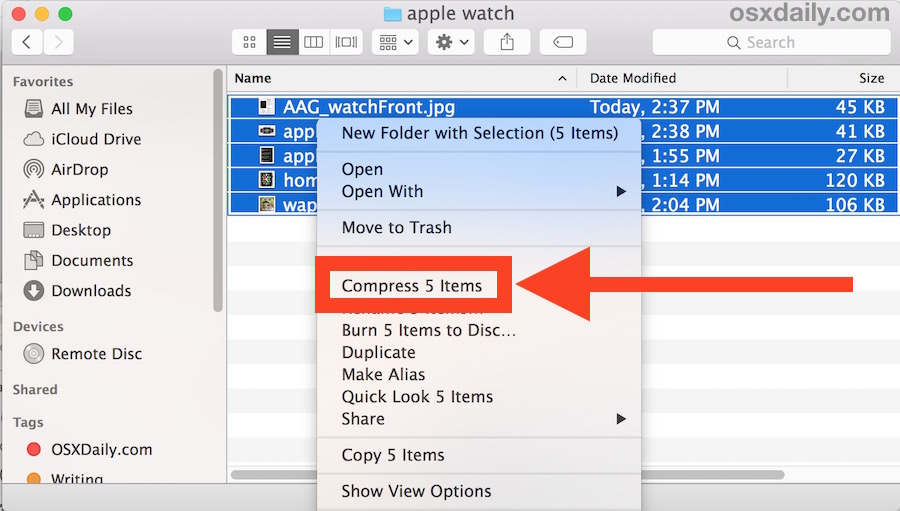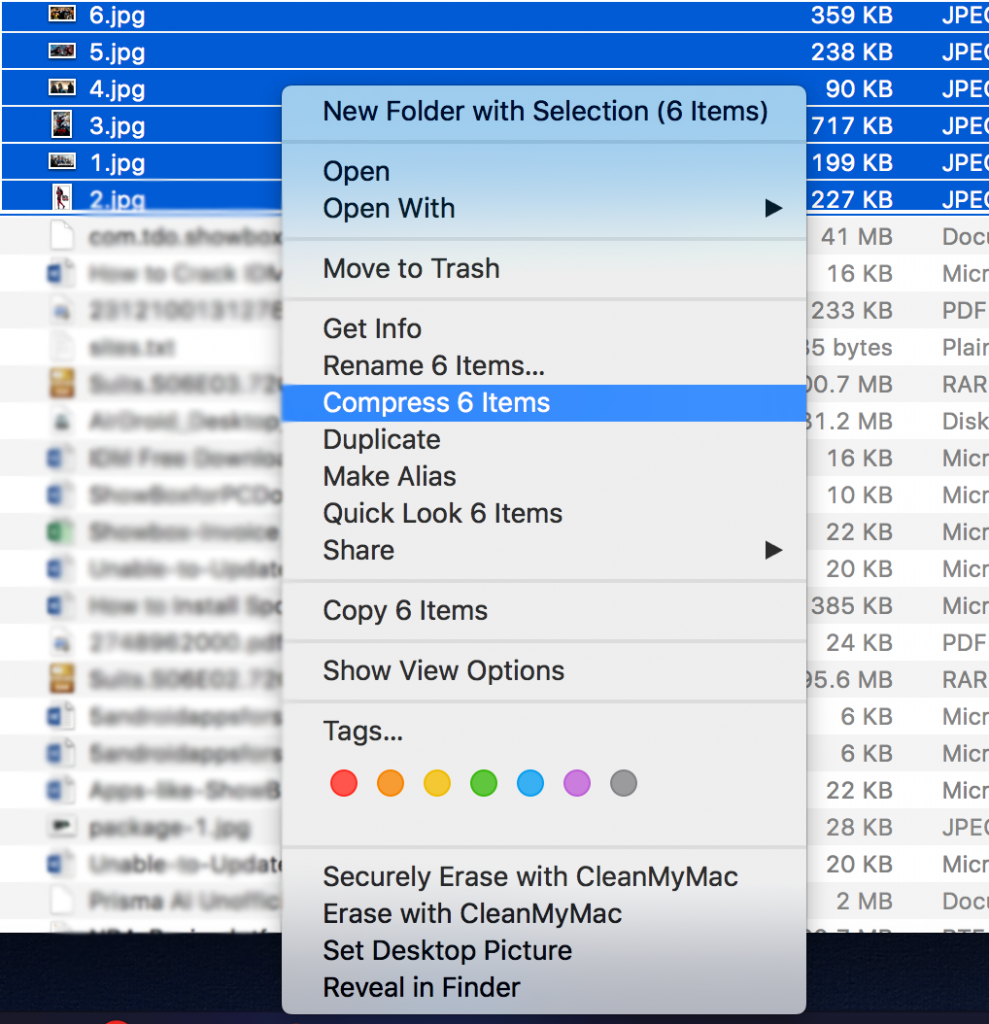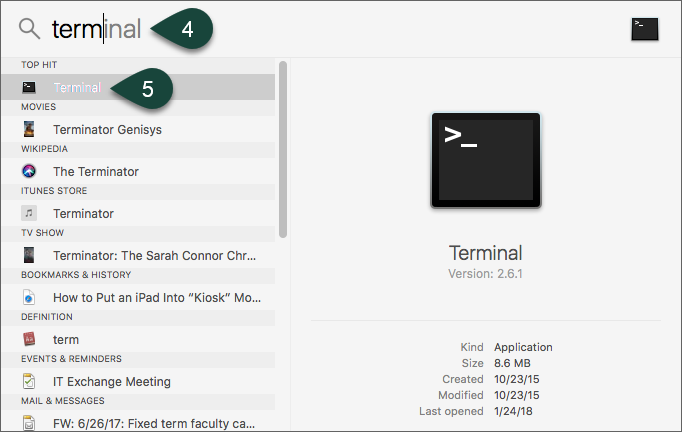Zip Files For The Mac
Nov 05, 2017 The Unarchiver can open zip archives as well as open RAR files on a Mac, zip CPGZ files, bz2 bzip,.7z files,.sit, gzip gz, tar, and many other file archive formats that you may encounter when downloading data from the internet or in emails. That vast support for extracting a wide variety of file types is one of the many reasons why The.
How To Unzip A FIle In Mac Os X. Unzipping a zip in Mac is as easy as zipping it up, all you have to do is Simply right-click. The file you want to unzip, hover over Open With, and choose Archive Utility (or a third-party unzipping program, if you decide to use one). MacOS will automatically create a new folder containing the zipped files in the same location as the ZIP file is. How to Open and Unzip a Zip File on Mac. Opening a zip file to view its contents is pretty straightforward. Just double-click on the file, and it will open. The zip file can still be seen in the location folder, but an unzipped copy will also be created in the same location.

Jul 22, 2020 Your Mac comes with a built-in file compressor that lets you compress and uncompress files easily. You can convert the files and folders into a zip archive or unzip the files, here’s how. Apr 18, 2020 Zip multiple files on mac; A zip file will be created with the name “Archive.zip“ How to Create a Password-Protected ZIP File on a macOS. Hold Command and Press Space to open Spotlight, type Terminal to search and Enter; Change directory to where files are located by using the command: cd desktop (you can put your path in place of the.
Your Mac comes with a built-in file compressor that lets you compress and uncompress files easily. You can convert the files and folders into a zip archive or unzip the files, here’s how.
Compressed files take up less disk space than uncompressed files, hence compressing is helpful if you are making backup copies of your data or for sending any files over the Internet.
Let’s say you have downloaded a zip file from an email attachment or copied zip files from a USB drive, you can unzip them easily and view the contents in the zip archive on your Mac.
You can also create a zip file of the photos and videos or documents or any other files that you want and send via email or any other medium.
How To Zip And Unzip Files On Mac
On your Mac, do any of the following to zip files.
- Launch the Finder and select the files that you want to compress or zip.
- Once selected, right-click on it or Control + Click to open the menu and choose the option Compress items.
If you compress a single item, the compressed file has the name of the original file with the .zip extension. If you compress multiple items at once, the compressed file will be named Archive.zip, you can see them in the Finder.
- To uncompress any compressed or zip files, all you need is double-click the .zip file or right-click or Control + Click and choose open with Archive Utility.

Zip Files For Mac And Windows
You can also compress or zip files on your iPhone or iPad easily. Check out more tips and tricks, guides, and tutorials related to Mac & Windows. For more updates on the latest smartphones and tech, follow us on our social media profiles.
Instagram | Facebook | TikTok
Files you download from the Internet are often compressed or zipped so that they take up less space and arrive much faster than files that haven’t been compressed. You can easily identify compressed files by their extensions, such as .zip (a common standard used in OS X and Windows) and .sit. Before you can use these files, you must learn how to unzip files on mac computers for proper access – luckily the process isn’t that complicated!
How to unzip files on mac computers
Unzipping a file on a mac computer is user-friendly and intuitive. To unzip files on a mac, simply follow the steps below:

- Double click the zipped file.
- The file will automatically be decompressed by Archive Utility into the same folder the compressed file is in.
- Access the extracted files by clicking the appropriate icons.
Alternatively, if the method above does not work, you can right-click on the .zip package, and select Open With > Archive Utility (default).
Apple and third party software
Apple used to include a program called StuffIt Expander to decompress zipped files, but doesn’t now that OS X lets you unzip files (but not .sit files). However, StuffIt from SmithMicro Software still comes in handy for opening other types of compressed files, notably the .sit or .sitx compressed types. Go to www.stuffit-expander.com or www.stuffit.com/mac/index.html to download a free version of the software or to splurge for the Deluxe version. In addition to compressing files, StuffIt Deluxe lets you encrypt and back up files.
Meanwhile, you can archive or create your own .zip files through OS X, which is useful if you’re e-mailing a number of meaty files to a friend. Right-click (or Ctrl-click) files you want to compress inside Finder and choose Compress Filename. The newly compressed files carry the .zip extension. The archive is created in the same location as the original file and is named originalfilename.zip. You can also choose File→Compress. If you compress a lot of files at once, the archive takes the name Archive.zip.
Zip Files Mac Terminal
By default, compressed files are opened with the Archive Utility. It appears in the Dock (in Leopard) while the files are being unsqueezed, unless you choose to open them with Stuffit Expander or some other program.
How to zip files on a mac

On the flip side, you can also archive or create your own .zip files through OS X, which is useful if you’re e-mailing a number of meaty files to a client or friend. Follow the step-by-step instructions below to easily zip files on a mac:
- Right-click or Ctrl-click the multiple files you want to compress (whether on the desktop or inside the Finder).
- Select Compress Filename from the pop-up menu.
- The files are now compressed in a .zip extension and the archive is created in the same location as the original file name, except with the .zip appended to its name.
Zip Files For The Mac Os
On some Apple computers, you can also compress a file by simply choosing File→Compress. If you compress a lot of files at once, the archive takes the name Archive.zip.
